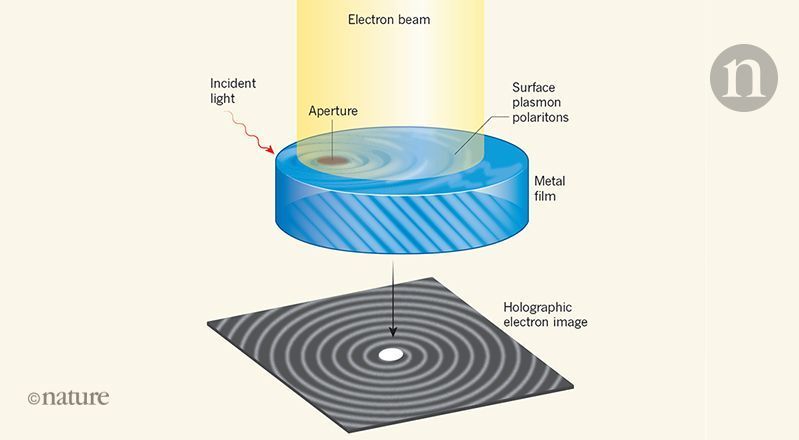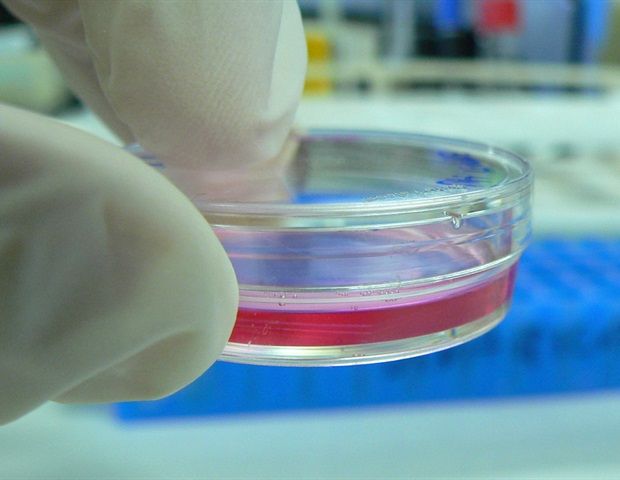A machine that speeds up evolution is revolutionizing genome design and selection of designer microbes.
The quantum interference of electrons that have been scattered by light has been used to produce holograms of the underlying electromagnetic fields — and might open up methods for studying materials at high temporal and spatial resolution. A fresh approach to imaging light fields.
Does a mysterious mirror world lurk in the shadows of perceived reality? It could explain a lot.
When Jeff Bezos and his first Amazon staff began selling books from his garage, they started an enterprise that is now the largest online retailer in much of the world. As Amazon celebrates its 25th birthday, it’s the world’s most valuable public company and Bezos is the richest person on the planet.
For 50 years, evolutionary theory has emphasized the importance of neutral mutations over adaptive ones in DNA. Real genomic data challenge that assumption.
Amazon is selling a slew of tiny homes on its Website for different price points including ones that are under $20,000.
How can bee stings help in the battle against HIV? Could snake venom be used to treat high blood pressure? Kath Nightingale investigates.
BEIJING — China has turned its western region of Xinjiang into a police state with few modern parallels, employing a combination of high-tech surveillance and enormous manpower to monitor and subdue the area’s predominantly Muslim ethnic minorities.
Now, the digital dragnet is expanding beyond Xinjiang’s residents, ensnaring tourists, traders and other visitors — and digging deep into their smartphones.
A team of journalists from The New York Times and other publications examined a policing app used in the region, getting a rare look inside the intrusive technologies that China is deploying in the name of quelling Islamic radicalism and strengthening Communist Party rule in its Far West. The use of the app has not been previously reported.
The loss of complete segments of the esophagus often results from treatments for esophageal cancer or congenital abnormalities, and current methods to re-establish continuity are inadequate. Now, working with a rat model, researchers have developed a promising reconstruction method based on the use of 3D-printed esophageal grafts. Their work is published in Tissue Engineering, a peer-reviewed journal from Mary Ann Liebert, Inc., publishers.
Eun-Jae Chung, MD, PhD, Seoul National University Hospital, Korea, Jung-Woog Shin, PhD, Inje University, Korea, and colleagues present their research in an article titled “Tissue-Engineered Esophagus via Bioreactor Cultivation for Circumferential Esophageal Reconstruction”. The authors created a two-layered tubular scaffold with an electrospun nanofiber inner layer and 3D-printed strands in the outer layer. After seeding human mesenchymal stem cells on the inner layer, constructs were cultured in a bioreactor, and a new surgical technique was used for implantation, including the placement of a thyroid gland flap over the scaffold. Efficacy was compared with omentum-cultured scaffolding technology, and successful implantation and esophageal reconstruction were achieved based on several metrics.
Dr. Chung and colleagues from Korea present an exciting approach for esophageal repair using a combined 3D printing and bioreactor cultivation strategy. Critically, their work shows integration of the engineered esophageal tissue with host tissue, indicating a clinically viable strategy for circumferential esophageal reconstruction.”









